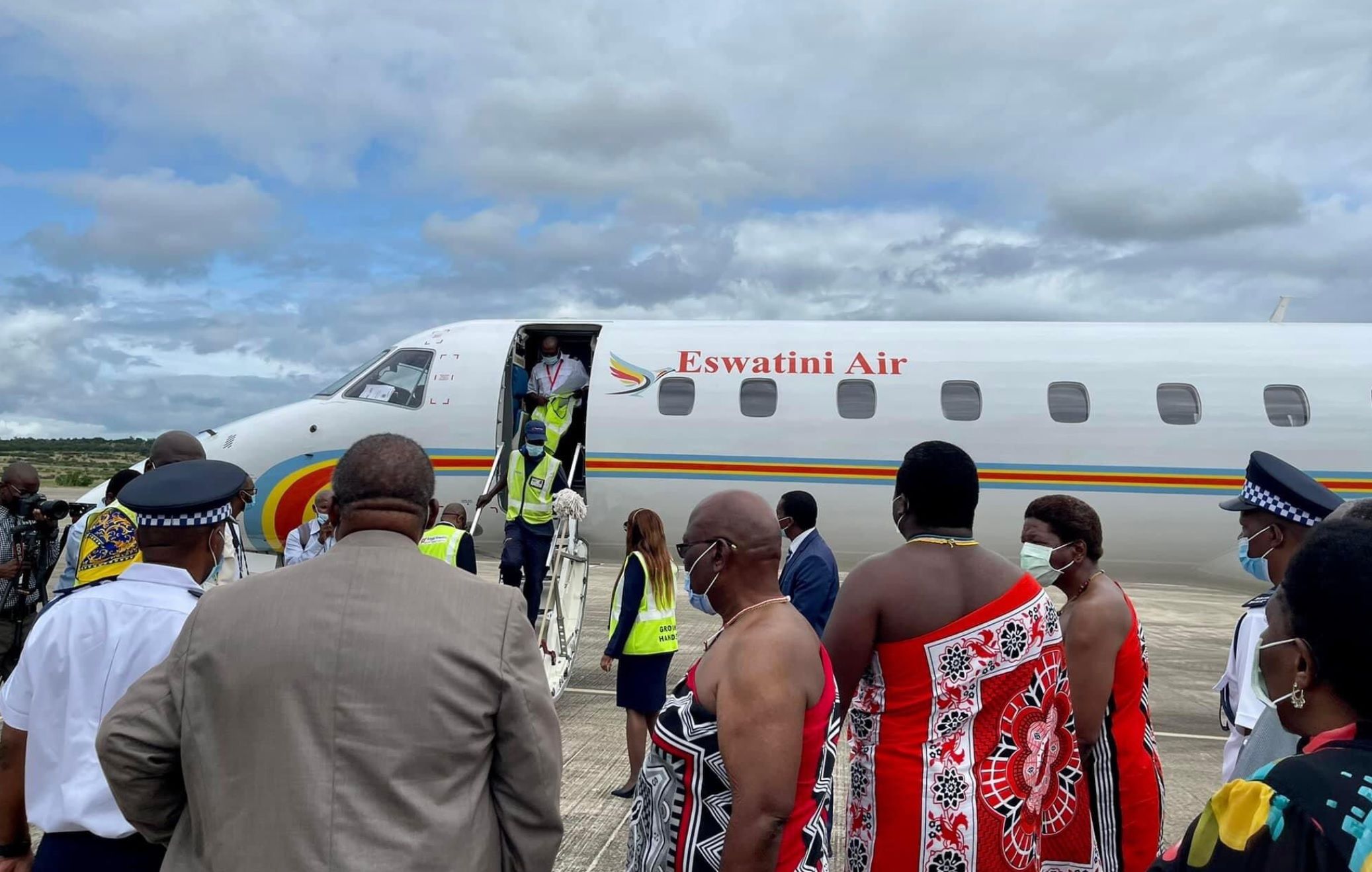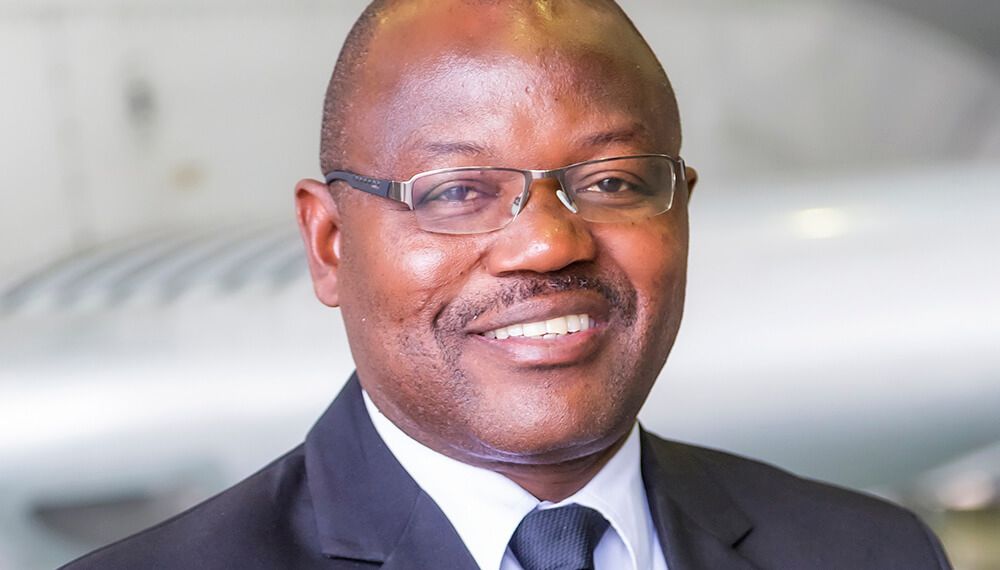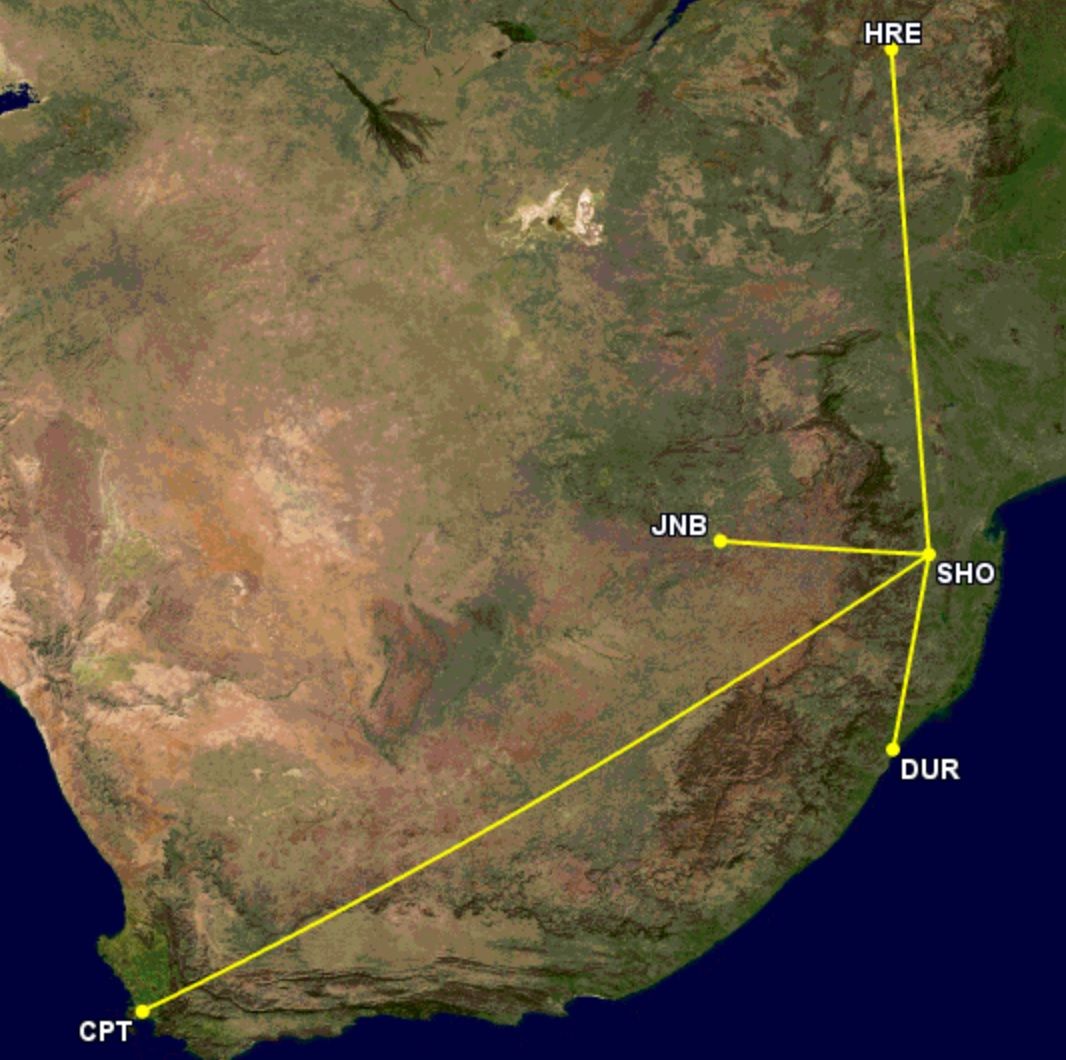The southern African nation of Eswatini – previously Swaziland – is tiny. At just 6,704 square miles (17,364 square km), it is smaller in area than Wales and only a bit larger than the US state of Connecticut. It is Africa's smallest landlocked country.
It's no surprise that it doesn't get much attention for aviation. But the coming entry of its only scheduled passenger carrier, the straightforwardly named Eswatini Air, may help to change that.
On March 7th, AviaDev's Insight Africa caught up with Xavier Masule, Commercial Director of Eswatini Air's parent, Royal Eswatini National Airways Corporation (RENAC), which is involved in multiple aviation areas. The chat came two days before the arrival of the carrier's first aircraft, an Embraer 145, ahead of its entry into service.
Eswatini Air: a brief background
About four years ago, the country's government changed the mandate of RENAC. It felt the need to reintroduce a scheduled airline, something the country hasn't had for many years.
Like many national airlines, the purpose of Eswatini Air is simple: to make sure the country is served. This assists with national development goals, including increasing the country's attractiveness and overall accessibility.
Curiously, Masule also said the reason for creation includes "as a vehicle to respond during times of national distress." It is indeed a national airline.
Most importantly, it will help drive economic growth, with aviation playing a crucial role through connectivity, tourism, trade, and more, driving jobs well beyond just airlines. It is something that many African nations do not yet appreciate. As Masule said:
The absence of a national airline is undermining the country's economic growth, according to an assessment made by the government.
Stay aware: Sign up for my weekly new routes newsletter.
Why the Embraer 145?
Eswatini Air will begin with two Embraer 145s, acquired from French operator HOP! While the 50-seat equipment has high seat-mile costs necessitating higher fares, they have low ownership and trip costs. Masule commented:
The market size is relatively small, so we looked at the 50-70 seater category. The Embraer 145 was top... it has proven itself in the region by passenger appeal, and we have skills in the region, including crew and maintenance. We have training facilities, training, maintenance, spares, everything... Operating economics came out tops.
They'll be well-suited to its initial four-route network from Manzini (SHO), comprising Johannesburg, 216 miles (348km) away, Durban (227 miles, 365km), Harare (581 miles, 935km), and – testing the Embraer 145's economics much more – Cape Town (943 miles, 1,518km).
Start dates, frequencies, prices, and schedules aren't yet known, but it expects to take off by the end of June.
To the future
Masule says the airline's "initial" plan isn't beyond Southern Africa, exactly as expected. However, he added that, in the next five years, Eswatini Air wouldn't be going beyond "a three to four-hour" radius, raising the question of what markets exist in that sphere. He says that two to three additional routes will materialize every year for the first five years.
While Eswatini is home to about a million people, it welcomes over a million international tourists each year. However, it's unclear how many come from places farther away to warrant not flying.
Masule views the Embraer 145s as its "launch fleet," not its final equipment. "As the airline grows and starts extending beyond its range... and as passenger volumes grow, we'll be upgrading to bigger gauge."
There's no doubt Eswatini Air is ambitious. But let's hope it learns from the mistakes of large numbers of national airlines worldwide.
What are your views on the startup? Let us know by commenting.



